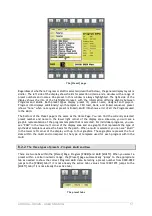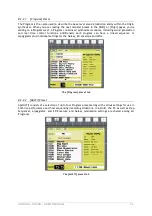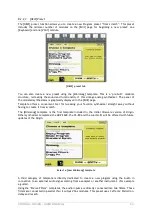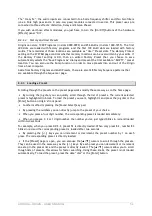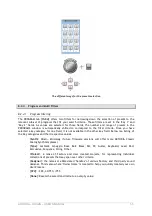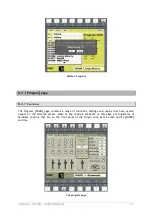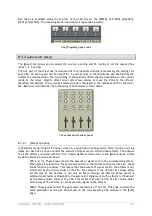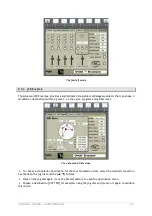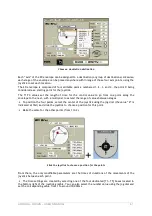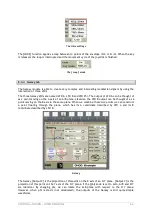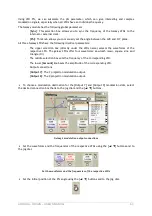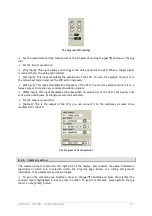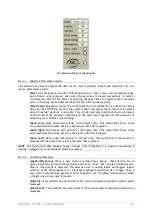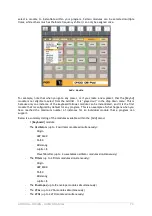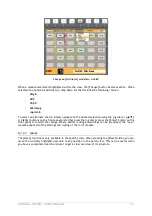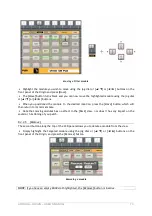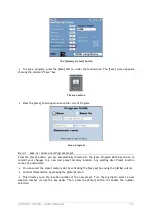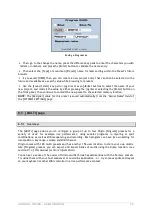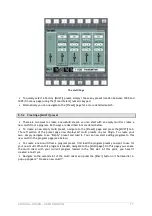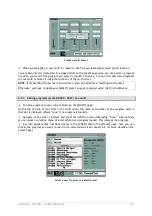
ARTURIA – ORIGIN – USER’S MANUAL
63
Using LFO Phi, we can automate the phi parameter, which can give interesting and complex
modulation signals, especially when all LFOs have an individual frequency.
The Galaxy module has the following global parameters
-
[
Sync
]: This selection box allows you to sync the frequency of the Galaxy LFOs to the
internal or external clock.
-
[
Phi
]: This knob allows you to manually set the angle between the A/B and X/Y plane.
All three Galaxy LFOs have the following identical parameters:
-
The upper selection box (directly under the LFOs name) selects the waveforms of the
respective LFO. The galaxy LFOs offer four waveforms: sawtooth (saw), square, sine and
triangle (tri).
-
The middle selection box sets the frequency of the corresponding LFO.
-
The lower [
Amount
] knob sets the amplitude of the corresponding LFO.
-
Output connections
[
Output Y
]: The Y projection modulation output.
[
Output X
]: The X projection modulation output.
To choose a modulation destination for the [Output Y]
and
[Output X]
modulation slots, select
the desired connection box thank to the jog dial and the [
▲
/
▼
] buttons.
Galaxy’s modulation output connections
Set
the waveforms and the frequencies of the respective LFOs
using the [
▲
/
▼
] buttons and to
the jog dial.
Set the waveforms and the frequencies of the respective LFOs
Set
the initial position of the Phi angle using the [
▲
/
▼
] buttons and to the jog dial.



